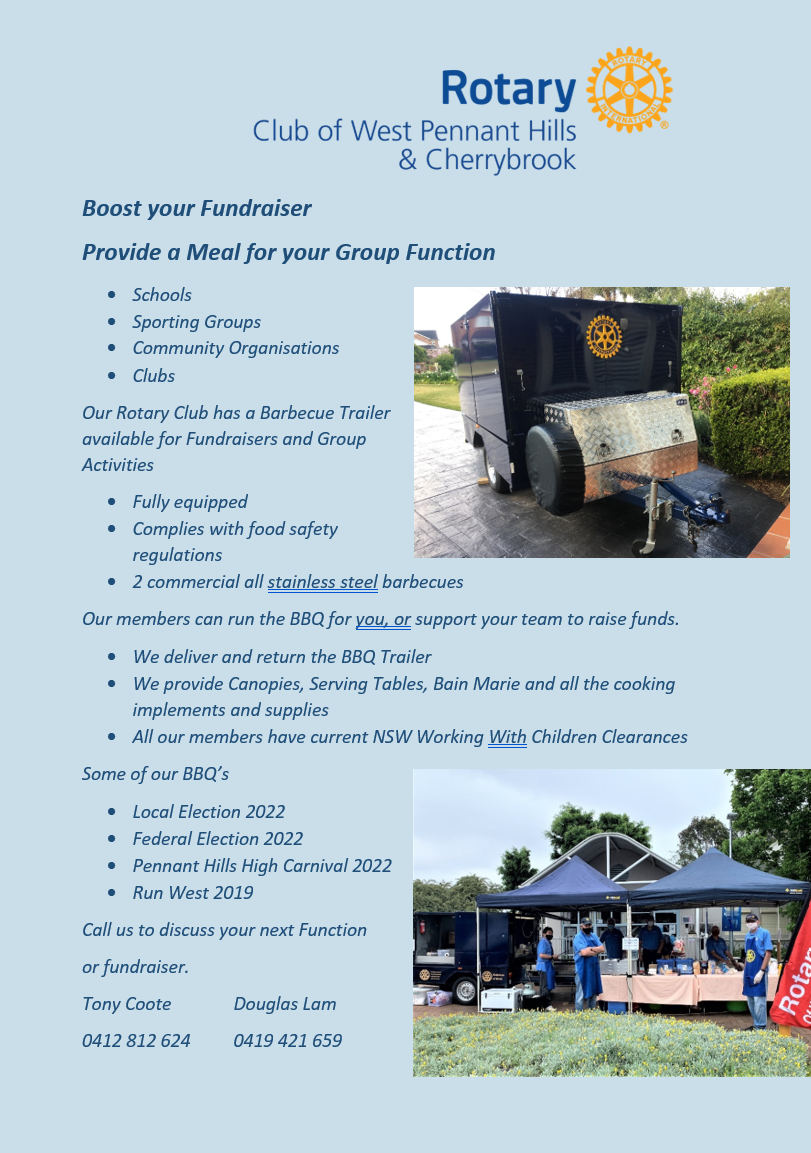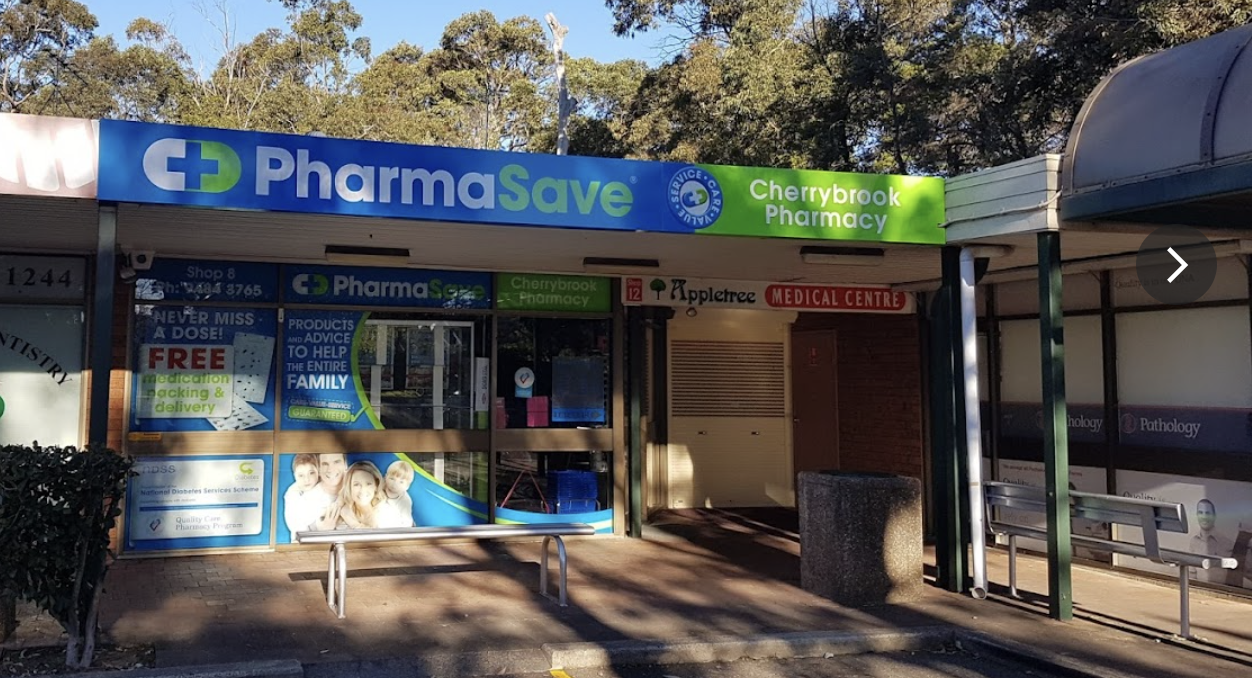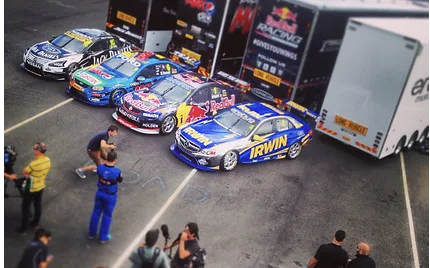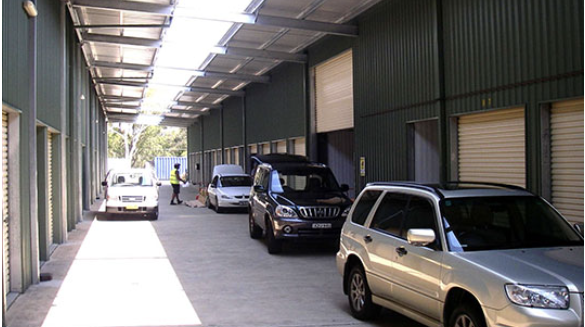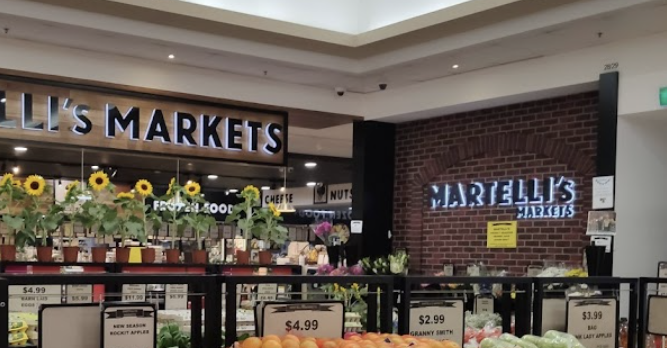President's Report

- You will notice tonight I moved the guest speaker to after my report on the week and before the Directors reports to allow them to leave early if they wish.
- The Carlingford Club invited our club to join them last Tuesday to hear Dr Andrew Charlton Federal MP for Parramatta speak. An economist, Rhodes Scholar and advisor to Rudd during the GFC. A politician able to speak without pushing a political message. He spoke on Cultural tolerance to put a heart into a community. It was an opportunity to see how another club runs their meetings. Carlingford has:
- A diverse international program in the Pacific and Africa -each project is a passion of a member.
- Have applied to be part of Rotary Pacific Fit for Purpose project.
- Carlingford provided 5 Shelter Bags to Parramatta Mission to commemorate Homelessness Week.
- Fundraising chair (Director) initiated for first time this year.
- Working with a member of Castle Hill Rotary to design new club banners.
- Anne Sharpe was recognised for providing children’s pyjamas for Grace’s Place.
- West Pennant Hills and Cherrybrook Rotary thanked for providing 2 woks for a Chinese family affected by the Bondi Junction incident.
- Participated in their monthly birthday celebrations – a cake cut and happy birthday “to Rotarians” sung.
- Thank you received from the Entrance Club for our donation of $500 toward purchase of mattresses for Allawah House which provides short term accommodation and support in a safe environment. This enables homeless women to rebuild self-esteem and achieve control and fulfilment in their lives. The woman is able to take with her when she gets back on her own feet. Hence the need for new mattresses. A report on the Allawah Mattress project is in the District Club News District 9685 Clubs News | 20 July 2024 (Jul 19, 2024) (rotarydistrict9685.org.au)
- The Rotary Club of the Entrance has published a Scam Watch Article that is well worth reading. Go to the District Club News District 9685 Clubs News | 20 July 2024 (Jul 19, 2024) (rotarydistrict9685.org.au)
- A resident of one of the Kenthurst Transition Houses sent the Kenthurst Club her appreciation of the value of the House to her and her family. A copy will be in this weeks Bulletin.
- Our guest speaker tonight was Chris Andrews talking about electric Vehicles. Kaye introduced Chris.
- I am looking for 4-6 helpers on Saturday August 3rd to move the contents of the Hills Storage Container to a shed at Ricardo’s place. Start at 9 am, will be finished by lunch time.
- Nest week we are at the Vicar and our guest speaker on July 29th is Dr Don Dingsdag speaking about the Sydney Mozart Society which performs chamber music at Chatswood.
- Elise Mele (Youth Exchange Student from France) to arrive 2 Aug 24. Staying with the Sharpe’s first.
- Club fitness Program is being offered by Rotary Pacific. Our club will apply to be accepted. Anne and Sandra will lead this initiative if we get selected.
- Beecroft club has invited our club to join them on Sept 2 to hear from the local Chinese associations about how they assimilate into our community. We have a speaker booked for that night so Anne will attend to represent our club.
- Bunnings has cancelled our August 10 BBQ at Castle Hill and moved it to August 24. They had originally reserved Aug 10 to support, Men’s Health Education Rural Van, but have now allocated that day to “Pets Day”
- Thank you all the attending, members and partners. Also John Cameron from the Rotary Club of Blackeath. John is the District Governor Elect.
- Directors – please arrange a meeting of your committee as soon as possible and preferably before the next Board meeting.
- I will call a fundraising committee meeting in late August when Neville and Janelle return as they are leading two of the events.
- More volunteers are needed for the BBQs we are holding next month a week apart. Please respond to the emails from Tony Coote and David Turnbull. Do not leave it for someone else, we need full club support.
- Don’t forget you can see the Club Directory, “What’s On” and “Calendar” on your phone. If it is not working for you let me know and it will be fixed.
- Don’t forget to let Sandra and Ros Hogan know if you are travelling or are not attending meetings so you do not get rostered on for meeting duties and Ros knows you will not be attending the Vicar. All members are eligible for the duty roster and are assigned a role by Sandra. Your role is posted in the Bulletin and the Bulletin email 6 weeks in advance.
- From the 1894 Australian Household and General Information Handbook. I thought I would include some DIY in my reports.
- Treating sprains and rheumatism: Beat up one egg with half a pint of vinegar, one ounce of turpentine, and a quarter of camphor. Beat all together, then put in a bottle and shake well. Leave a few hours and it will be ready for use. It can be rubbed in two or three times a day.
|
So, Let’s stay safe look after each other and create magic.
|
Night Report
Our meeting on 22 July 2024 was a Zoom meeting.
Sergeant Tony Coote called the meeting to order and asked David Turnbull to propose a toast. David proposed a toast to Rotary and our very prominent Olympians, let’s hope they do well.
President Colin welcomed everyone to the meeting.
President’s Update
Please refer to Presidents Report
Directors’ Reports
Community - Anne thanked everyone who helped with cleaning up the leaves at the transitional houses. She will put together a roster for those interested in helping. We are looking at moving the contents of containers from Hills Storage to Ricardo’s premises at Galston on Saturday 3 August.
Foundation - Karen let us know how important any donations to the Club are.
International - Andrew, with others, had a meeting with representatives from Flores. Peter and Andrew picked up over 20 laptops and tablets for use in Bali. Laptops need to be cleaned and checked.
Membership - Carol will be arranging a membership meeting in next week or so.
Club Services - Sandra has booked the Pennant Hills Pub for a Melbourne Cup function.
Friendship dinners commence September/October. There is a full program of speakers for the rest of the year.
Social - Tony advised Glenda and Sandra are putting out a calendar of events for the rest of the year.
Fundraising - Tony said more helpers are required for Bunnings BBQ at Castle Hill on Saturday 24 August.
Sergeant’s Session
Given the recent cold weather Tony provided us with some very interesting facts about weather.
Closing Remarks
Thank you all for attending, members and partners. Also, John Cameron from the Rotary Club of Blackheath. John is the District Governor Elect.
Directors – please arrange a meeting of your committee as soon as possible and preferably before the next Board meeting.
I will call a fundraising committee meeting in late August when Neville and Janelle return as they are leading two of the events.
More volunteers are needed for the BBQs we are holding next month, a week apart. Please respond to the emails from Tony Coote and David Turnbull. Do not leave it for someone else, we need full club support.
Don’t forget you can see the Club Directory, “What’s On” and “Calendar” on your phone. If it is not working for you let me know and it will be fixed.
Don’t forget to let Sandra and Ros Hogan know if you are travelling or are not attending meetings so you do not get rostered on for meeting duties and Ros knows you will not be attending the Vicar. All members are eligible for the duty roster and are assigned a role by Sandra. Your role is posted in the Bulletin and the Bulletin emailed 6 weeks in advance.
From the 1894 Australian Household and General Information Handbook. I thought I would include some DIY in my reports.
Treating sprains and rheumatism: beat up one egg with half a pint of vinegar, one ounce of turpentine, and a quarter of camphor. Beat all together, then put in a bottle and shake well. Leave a few hours and it will be ready for use. It can be rubbed in two or three times a day.
So, Let’s stay safe look after each other and create some magic.
Sergeant Tony Coote called the meeting to order and asked David Turnbull to propose a toast. David proposed a toast to Rotary and our very prominent Olympians, let’s hope they do well.
President Colin welcomed everyone to the meeting.
President’s Update
Please refer to Presidents Report
Directors’ Reports
Community - Anne thanked everyone who helped with cleaning up the leaves at the transitional houses. She will put together a roster for those interested in helping. We are looking at moving the contents of containers from Hills Storage to Ricardo’s premises at Galston on Saturday 3 August.
Foundation - Karen let us know how important any donations to the Club are.
International - Andrew, with others, had a meeting with representatives from Flores. Peter and Andrew picked up over 20 laptops and tablets for use in Bali. Laptops need to be cleaned and checked.
Membership - Carol will be arranging a membership meeting in next week or so.
Club Services - Sandra has booked the Pennant Hills Pub for a Melbourne Cup function.
Friendship dinners commence September/October. There is a full program of speakers for the rest of the year.
Social - Tony advised Glenda and Sandra are putting out a calendar of events for the rest of the year.
Fundraising - Tony said more helpers are required for Bunnings BBQ at Castle Hill on Saturday 24 August.
Sergeant’s Session
Given the recent cold weather Tony provided us with some very interesting facts about weather.
Closing Remarks
Thank you all for attending, members and partners. Also, John Cameron from the Rotary Club of Blackheath. John is the District Governor Elect.
Directors – please arrange a meeting of your committee as soon as possible and preferably before the next Board meeting.
I will call a fundraising committee meeting in late August when Neville and Janelle return as they are leading two of the events.
More volunteers are needed for the BBQs we are holding next month, a week apart. Please respond to the emails from Tony Coote and David Turnbull. Do not leave it for someone else, we need full club support.
Don’t forget you can see the Club Directory, “What’s On” and “Calendar” on your phone. If it is not working for you let me know and it will be fixed.
Don’t forget to let Sandra and Ros Hogan know if you are travelling or are not attending meetings so you do not get rostered on for meeting duties and Ros knows you will not be attending the Vicar. All members are eligible for the duty roster and are assigned a role by Sandra. Your role is posted in the Bulletin and the Bulletin emailed 6 weeks in advance.
From the 1894 Australian Household and General Information Handbook. I thought I would include some DIY in my reports.
Treating sprains and rheumatism: beat up one egg with half a pint of vinegar, one ounce of turpentine, and a quarter of camphor. Beat all together, then put in a bottle and shake well. Leave a few hours and it will be ready for use. It can be rubbed in two or three times a day.
So, Let’s stay safe look after each other and create some magic.
|
Night Report: Ros Hogan
|
Humour
Artificial Intelligence..... contributed by Cawas
Lecture on Alcohol Abuse..... contributed by Cawas
Horse Manure..... contributed by Cawas






